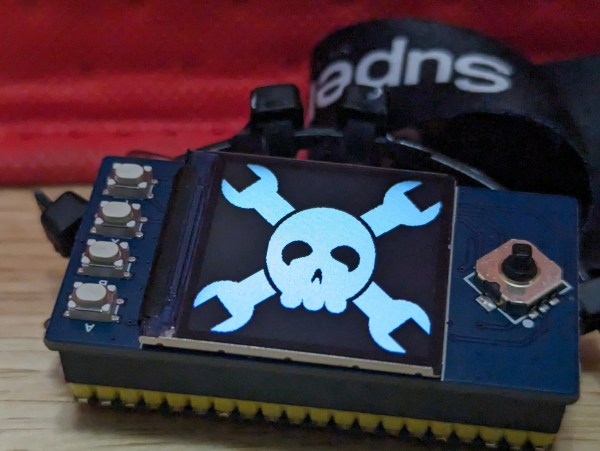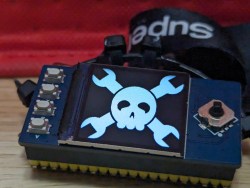Last time, I showed you how to throw together a few modules and make a working macropad that could act like a keyboard or a mouse. My prototype was very simple, so there wasn’t much to debug. But what happens if you want to do something more complex? In this installment, I’ll show you how to add the obligatory blinking LED and, just to make it interesting, a custom macro key.
There is a way to print data from the keyboard, through the USB port, and into a program that knows how to listen for it. There are a few choices, but the qmk software can do it if you run it with the console argument.
The Plan
In theory, it is fairly easy to just add the console feature to the keyboard.json file:
{
...
"features": {
"mousekey": true,
"extrakey": true,
"nkro": false,
"bootmagic": false,
"console": true
},
...
That allows the console to attach, but now you have to print.












